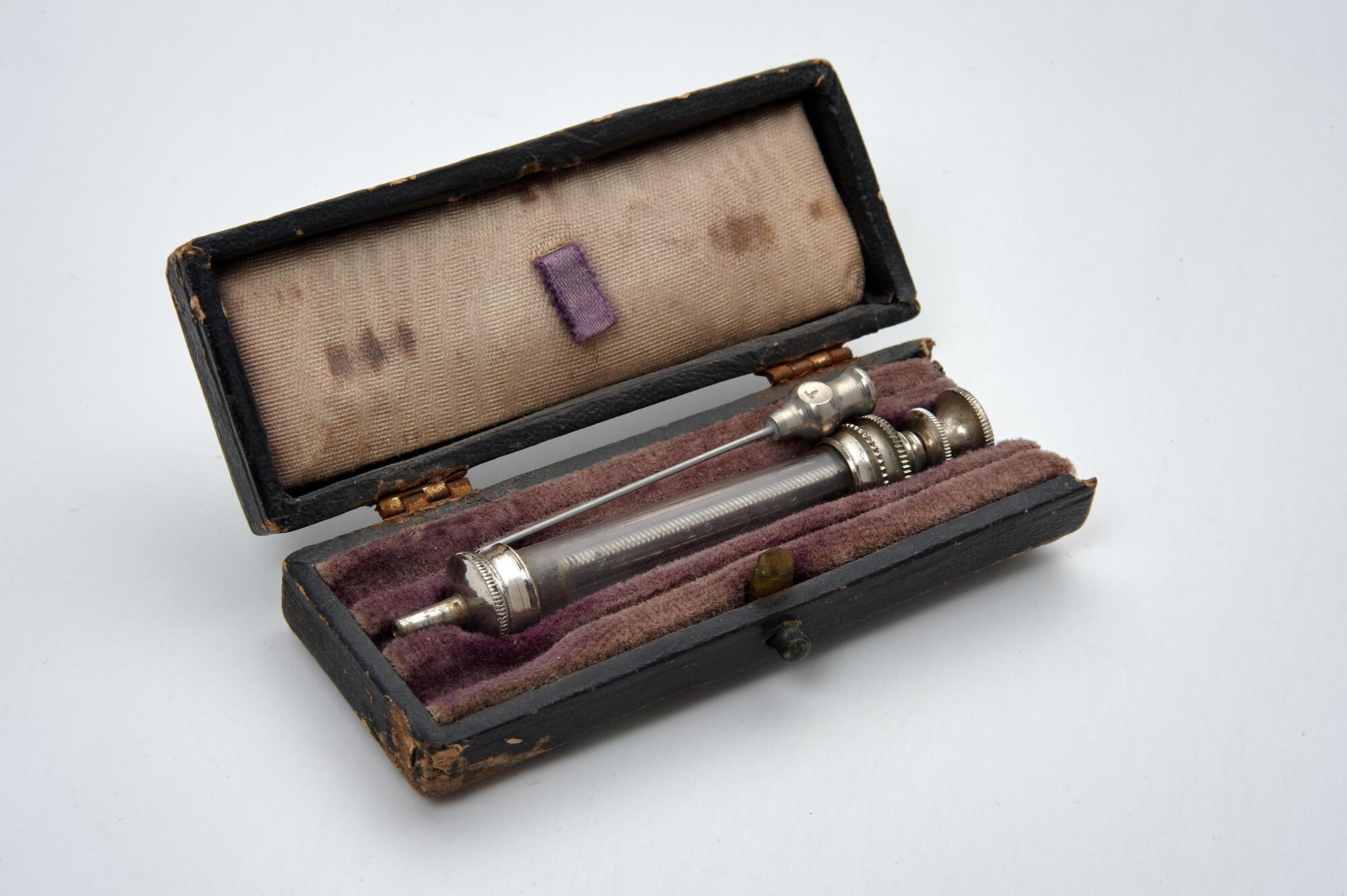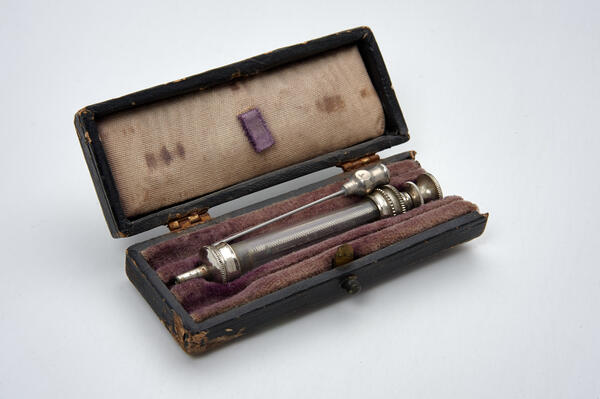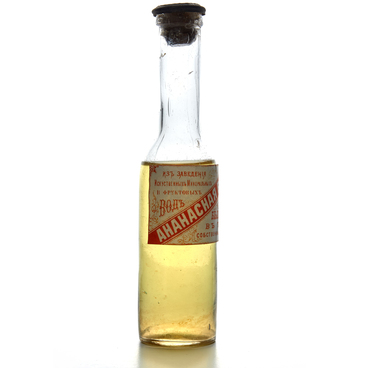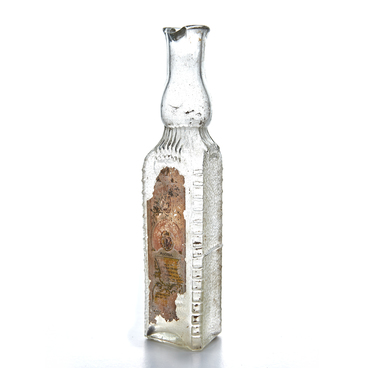Ancient Greek healers tried to administer drugs into the body both through the mouth and intravenously. To that end, Hippocrates used a pig’s bladder and a wooden or cane tube inserted into it. An incision was made in the vein (this procedure is called venesection) and the medicine was injected through the tube.
In the 18th century, when treating almost any disease, doctors prescribed a cleansing procedure — an enema. It was carried out using a wooden or metal cylindrical enema syringe with a plunger and a hollow spout. Such a syringe, resembling a pump, was also called an enema.
The syringe in its modern form appeared in the middle of the 19th century. The experiments of the Irishman Francis Rynd, who used a device with a ‘traction’ to inject morphine along a nerve in the treatment of neuralgia, date back to 1844. Experts believe that the syringe was invented simultaneously and independently by the Scottish Alexander Wood and the Frenchman Charles-Gabriel Pravaz. The Pravaz syringe was originally used in veterinary medicine. Wood, on the other hand, worked with people — with the syringe, he injected morphine to patients as an analgesic. Morphine injections quickly became fashionable among the upper and middle classes. For this procedure, a mini-syringe with a leather plunger, which was attached to a pocket watch chain, was created.
After the discovery of pathogenic microorganisms by Louis Pasteur, syringes began to be disinfected. At the end of the 19th century, thanks to the French glassblower Fournier, whose first name has not been preserved, glass reusable syringes appeared that could be easily and conveniently boiled. But due to repeated use, the needles quickly became blunt, and the injections became painful. Before using the needle, it was necessary to sharpen it on a special bar in order to reduce pain.
Reusable syringes were produced by the French company Luer. In 1906, a glass syringe with a metal plunger was developed in Russia, which was called ‘Record’. A disposable plastic syringe appeared in the mid-1950s. Colin Murdoch, a pharmacist from New Zealand, worked on its creation.
Syringes began to be used much more often after the introduction of insulin in 1922. A disposable insulin syringe with a small needle and a volume of 1 cubic centimeter was first produced in 1969.



